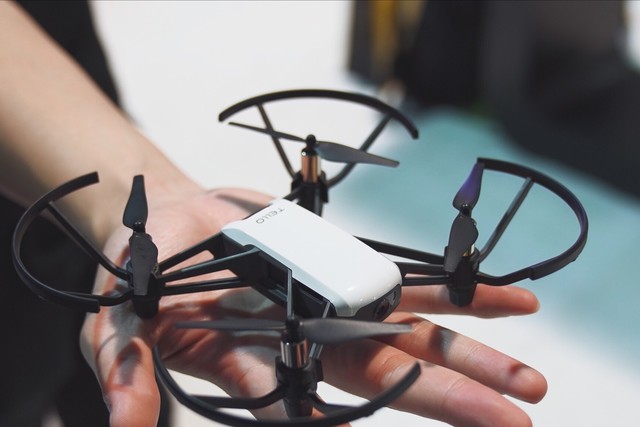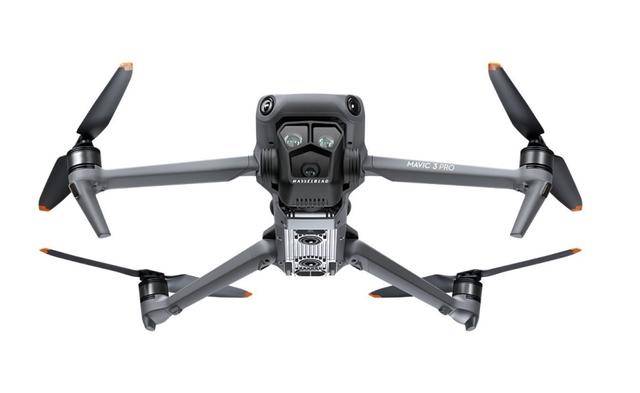As drones become increasingly popular, the necessity of obtaining a drone pilot’s license has become more prominent. Navigating through the process might seem complex, but with the right guidance, achieving your certification can be straightforward. This guide will provide step-by-step instructions on how to acquire your drone pilot’s license, ensuring you are equipped with all the essential information.
Understanding the Basics
First, let’s clarify the prerequisites. The Federal Aviation Administration (FAA) requires that you meet specific criteria: you must be at least 16 years old, proficient in English, and in good physical and mental condition to safely operate a drone. If you meet these requirements, you’re ready to move on to the next steps.
Step 1: Learn About the Certification Process
The journey to obtaining your drone pilot’s license, officially termed the FAA Part 107 Remote Pilot Certificate, requires familiarity with the certification process. Begin by reviewing the FAA rules and guidelines, focusing on safety precautions, airspace classifications, and drone operation standards. You can find this information on the FAA’s official website.
Step 2: Study for the Knowledge Test
The FAA Part 107 exam covers several topics, including regulations, aerodynamics, and emergency procedures. Various online platforms provide study materials and practice tests to help you prepare thoroughly. Make use of these resources to ensure you have a solid grasp of the material.
Step 3: Register for the Test
Once you feel prepared, it’s time to register for the knowledge test. You can schedule your exam at an FAA-approved testing center, available throughout the country. The registration process involves filling out an application on IACRA (Integrated Airman Certification and Rating Application), the FAA’s online portal.
Step 4: Take the Test
With your registration complete, you will participate in a 60-question multiple-choice examination. Achieving a score of at least 70% is required to pass. On obtaining a passing score, you will receive an email from the FAA with instructions on how to finalize your certification.
Step 5: Complete the Formality

After passing the test, submit additional documents through IACRA, where your temporary certificate will be issued. Your permanent license will be mailed to you subsequently, signifying your official status as a certified drone pilot.
Enhancing Your Skills and Knowledge
Beyond acquiring the license, it’s crucial to refine your skills and stay updated. Regular practice, studying the latest regulations, and attending workshops can greatly enhance your understanding and proficiency in drone operation.
Frequently Asked Questions
Can I fly drones recreationally without a license?
Yes, you can fly drones for recreational purposes without a license. However, it’s essential to follow the community-based safety guidelines and adhere to FAA regulations for recreational drone use.
How much does the drone pilot certification process cost?
The costs vary, primarily due to exam fees at testing centers, which generally range around $150. Additional costs might include study materials, depending on your preparation method.

Is my drone pilot’s license valid indefinitely?
No, the FAA remote pilot certificate is valid for two years. You must pass a recurrent knowledge test every 24 months to maintain your certification’s validity and ensure compliance with updated regulations.